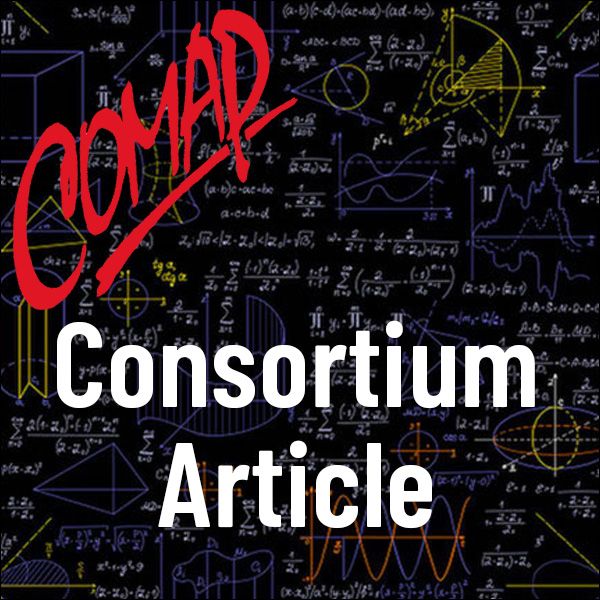Visual Patterns Everywhere
Author: Joseph Malkevitch & Luke Rawlings
Mathematics is sometimes defined as the science of studying patterns. Symmetrical repeating patterns are all around us. We see them in clothing fabrics, wallpaper, on buildings and fences, and tire treads.
Figure 1 shows a sample of symmetrical patterns with different characteristics on a strip while in Figure 2 there are patterns that symmetrically fill out the plane.
Through our discussion we will disregard the complicating factor of having different colors in the repeated pattern we see around us. mathematics has addressed the question of enumerating colored patterns as well as those where the design has a single color on a background of another color.
Although symmetric patterns on a frieze or strip (the region between two parallel lines in horizontal position) come in infinitely many varieties from an artist's perspective, there is a precise mathematical sense in which there are 7 different "types" of frieze patterns Can you pick out those patterns in Figure 3 that are of the same mathematical type and the ones that are different? these patterns are shown in a finite swatch but go on to the left and to the right within the strip to "infinity." we will usually indicate this with dots to the left and right of the part of the pattern shown, and when referring to the elements in a pattern will often talk about the first element, second element and so on of the design. However, this is only done for convenience of the exposition, the designs are "infinite." Figure 3 does not show patterns of much visual interest but is made up of letters of the english alphabet - patterns that are relatively easy for teachers and students to create and "experiment" with for themselves. the purpose of this note is to call attention to some ideas about repeating strip patterns and to urge that these ideas are useful ones for supporting the teaching of geometry in k-12. the circle of ideas that one touches on includes symmetry, distance and isometry, geometric transformations, and functions.

Mathematics Topics:
Application Areas:
You must have a Full Membership to download this resource.
If you're already a member, login here.